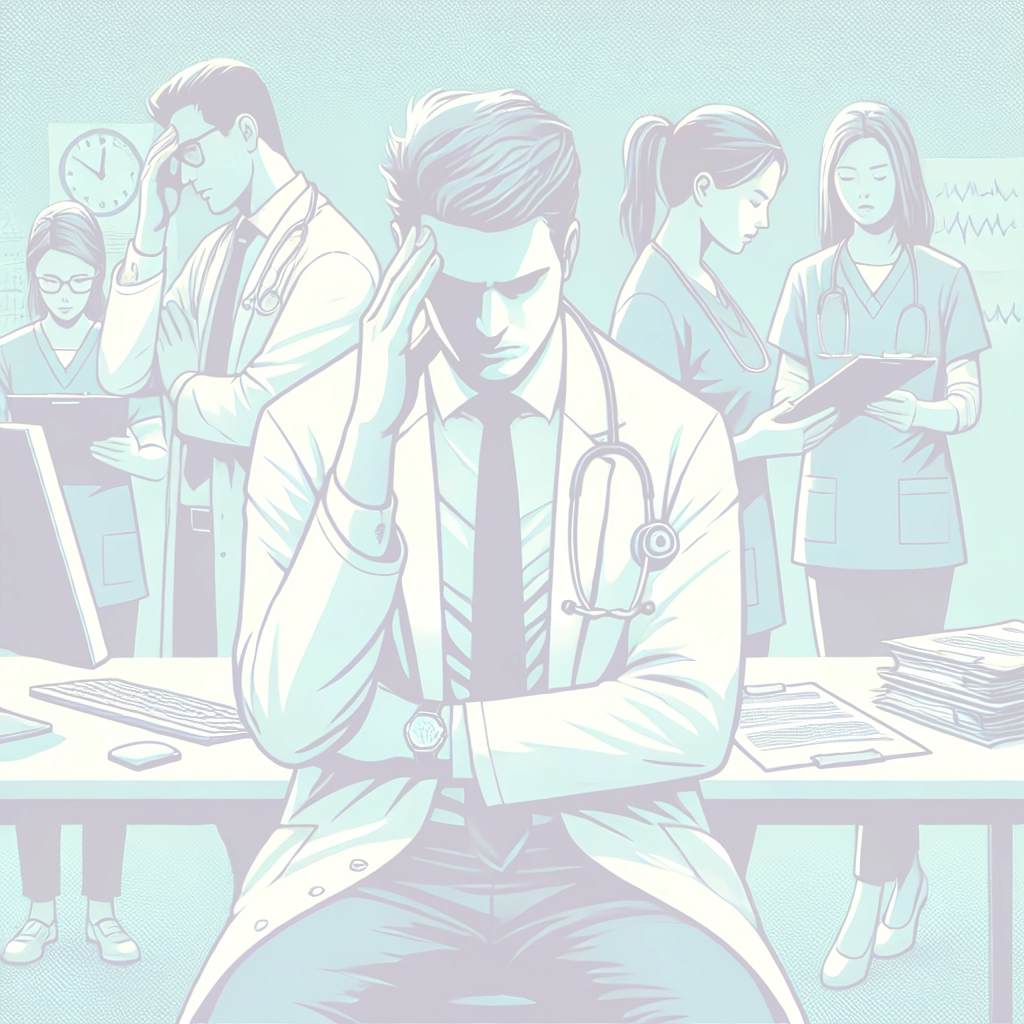So, What’s Wrong with My Program Today?
Each RPM/CCM program is unique to the practice it serves, but there are common pitfalls that many providers face. At OptimizeHealth, we’ve worked with numerous practices to rescue failing RPM and CCM programs. The issues we encounter most often fall into a few key categories—areas where many partners in the Remote Care industry simply miss the mark.
Let’s Dive In
You Can’t Easily View Your Patients’ Vitals Over Time
Regardless of how many patients you have enrolled in your RPM program, monitoring their progress over time is crucial. The ability to see trends in their vitals—such as blood pressure readings over the last 30 or 90 days—gives you a clearer picture of whether they’re receiving the right care.
If your current system doesn’t provide clear visualizations and averages of patient data, you’re likely working with an outdated RPM partner. All that valuable data is going underutilized, limiting the potential for improving patient outcomes.
The People Monitoring Your Patients Aren’t Based in the U.S.
Unfortunately, we see many RPM and CCM companies outsource monitoring services to save costs, but this often places a burden on your patients. When patients need to speak with someone regularly, having caregivers based outside the U.S. introduces several challenges:
- Communication Barriers: Caregivers who don’t speak English as their first language can struggle to communicate effectively with patients, particularly the elderly who may already have difficulty hearing. This can lead to misunderstandings and poor care outcomes.
- Timing Issues: When caregivers operate in different time zones, they may contact patients at inconvenient times—early in the morning or late at night—when patients are less likely to be receptive. This not only reduces the effectiveness of the care but can also create frustration for patients.
The Remote Care Partner You Have Doesn’t Consistently and Clearly Communicate With Your Practice Staff
A successful RPM and CCM program hinges not only on technology but also on the frequency and quality of communication between healthcare providers, their staff, and their RPM/CCM partner. Programs that fail to maintain regular touchpoints with providers and their clinical staff, or that lack clear communication, will ultimately struggle with both patient care and financial outcomes.
Communication with your remote care partners should be easy, consistent, and continually improving. When this is achieved, the goals for your RPM and/or CCM programs are clearly outlined, along with a plan to reach and maintain those goals.
At OptimizeHealth, we prioritize consistent, meaningful interactions with patients, ensuring they stay engaged and informed about their care. This proactive approach, combined with clear and continuous communication with the clinic, sets the foundation for successful patient outcomes and overall program success.
Supporting Clinical Monitoring When Providers Are Away
When schedules are busy and in-office days are reduced, RPM and CCM offer invaluable resources to manage patient care. These programs allow clinicians to maintain ‘eyes and ears’ on their patients even when they are not physically present. This continuous monitoring is beneficial for clinical outcomes, providing peace of mind to both providers and patients that health metrics are being watched and managed in real-time.
The Software You’re Using Doesn’t Have Easy-to-Use Billing Reports
While the primary goal of RPM and CCM services is to provide the best possible care to your patients outside the office, financial viability matters too. If your current software doesn’t allow you to easily generate and export billing reports for each patient, you may be wasting valuable time trying to determine whether these programs are profitable for your practice. Your billing reports should include the following:
- Patients that qualify for each CPT code with expected reimbursement amounts: This ensures you know exactly what to bill for each service and helps you predict your revenue accurately.
- Total profitability for your entire patient population within a calendar month: This allows you to assess the overall financial health of your RPM and CCM programs, giving you a clear view of their impact on your practice’s bottom line.
- The ability to generate reports for either RPM, CCM, or both combined to show total expected reimbursement: Flexibility in reporting enables you to analyze and optimize each program individually or together, ensuring you’re maximizing your practice’s financial efficiency.
Partnering for Success: A Collaborative Approach
In RPM and CCM programs, having a partner invested in your success is key. When your practice thrives financially, so does your RPM/CCM partner. At OptimizeHealth, we work as an extension of your team, helping you maximize reimbursements and achieve the best outcomes for both your patients and your practice. Together, we can ensure your programs are effective and financially sustainable.
The Bottom Line
If any of these issues sound familiar, it might be time to reassess your current RPM/CCM partnership. The right tools and support can make all the difference in transforming your program from a source of frustration to a vital part of your practice’s success.
OptimizeHealth specializes in helping practices like yours optimize their remote care programs. Let’s work together to ensure your RPM and CCM programs deliver the care your patients deserve.
